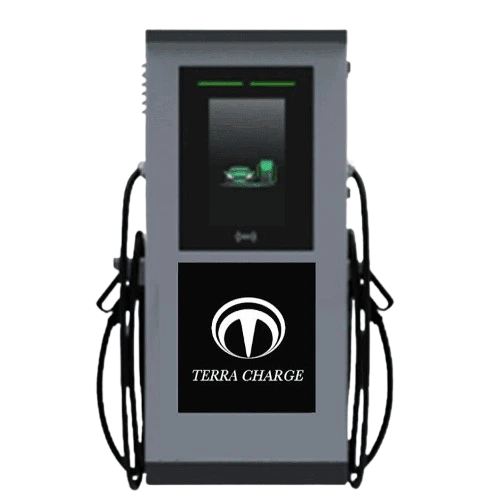| Feature | Electric Vehicle | CNG Vehicles |
| Power Source | Electric motor powered by battery | Internal combustion engine + CNG fuel system |
| Fuel Type | Works on Electricity | Works on Compressed Natural Gas (CNG) |
| Charging | Works on Charging only | Requires refuelling with CNG |
| Range | Limited by battery capacity | Typically lower than gasoline and EV |
| Fuel Efficiency | More than hybrids | Generally higher than gasoline |
| Emissions | Zero tailpipe emissions | Lower than gasoline, cleaner burning fuel |
| Upfront Costs | Higher but lower operation costs | Varies, may be similar to gasoline or higher |
| Maintenance | Less due to fewer moving parts | Similar to traditional gasoline cars |
What is an Electric Vehicle?
An Electric Vehicle is a type of vehicle that operates using one or more electric motors for propulsion, instead of an internal combustion engine found in gasoline-powered cars. EVs are powered by electricity stored in rechargeable batteries, which can be charged by plugging into an electric power source.
What is a CNG Vehicle?
A CNG vehicle is a type of Vehicle that runs on natural gas stored under high pressure. It’s considered an alternative fuel option, producing fewer emissions compared to traditional gasoline or diesel vehicles. CNG vehicles use specially designed tanks to store the compressed gas, and the combustion process in the engine is similar to other internal combustion engines. They are an eco-friendly option, contributing to lower greenhouse gas emissions and air pollution.
Benefits of CNG Vehicles over Electric Vehicles
Cost Efficiency:
CNG vehicles are generally more affordable than electric vehicles, making them a cost-effective option for budget-conscious consumers.
CNG infrastructure is often less expensive to establish compared to the extensive charging infrastructure required for electric vehicles.
Range:
CNG vehicles typically have a longer driving range than electric vehicles on a single tank or fill-up, which can be advantageous for long-distance travel without frequent refueling stops.
Refueling Time:
Refueling CNG vehicles is a quick process, similar to traditional gasoline vehicles, taking only a few minutes. In contrast, charging electric vehicles can take significantly longer, especially with standard charging stations.
Existing Infrastructure:
CNG vehicles can leverage existing fueling infrastructure, such as gas stations, with minimal modifications. This eliminates the need for extensive new infrastructure development that is required for electric vehicle charging stations.
Weight and Performance:
CNG vehicles tend to be lighter than electric vehicles due to the weight of batteries in electric cars. This can positively impact overall vehicle performance, including handling and acceleration.
Adaptability:
CNG technology can be applied to a wide range of existing internal combustion engine vehicles through conversion kits, providing a more gradual transition for conventional vehicles to a cleaner fuel source.
Environmental Impact:
While not emissions-free, CNG vehicles produce lower greenhouse gas emissions compared to traditional gasoline vehicles. The production and disposal of electric vehicle batteries raise environmental concerns, and the electricity used to charge them may come from non-renewable sources.
Infrastructure Development:
The infrastructure for CNG is already established in many regions, making it more accessible and convenient for consumers in those areas.
Some CNG Vehicle Names
Maruti Suzuki Alto CNG:
Price Range: Approximately 4.5 to 5.5 lakhs INR
Maruti Suzuki Wagon R CNG:
Price Range: Approximately 5 to 6.5 lakhs INR
Hyundai Grand i10 Nios CNG:
Price Range: Approximately 6 to 7.5 lakhs INR
Tata Tiago CNG:
Price Range: Approximately 6 to 7.5 lakhs INR
Maruti Suzuki Ertiga CNG:
Price Range: Approximately 8 to 9.5 lakhs INR
Ford Aspire CNG:
Price Range: Approximately 8 to 9.5 lakhs INR
Conclusion
Choosing between CNG and EVs depends on individual priorities. CNG vehicles offer cost efficiency, quicker refueling, and existing infrastructure. EVs, while pricier upfront, provide zero emissions and longer-term savings and are suitable for those prioritizing environmental impact and embracing evolving technology.












